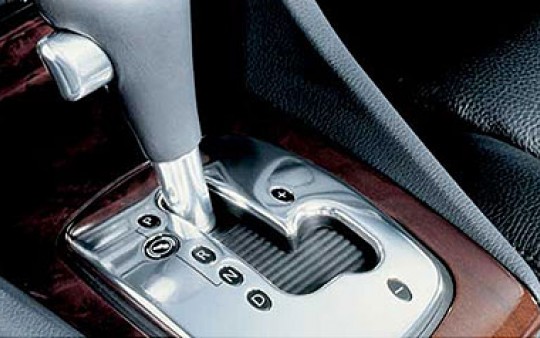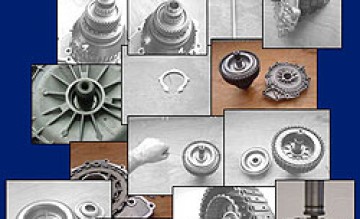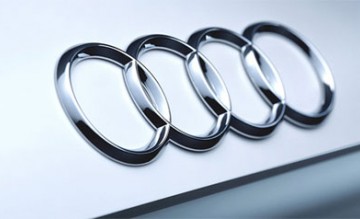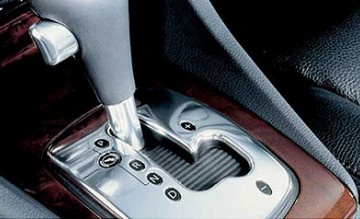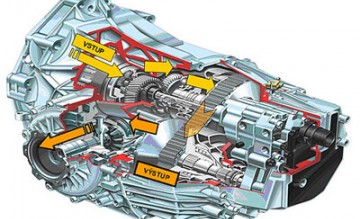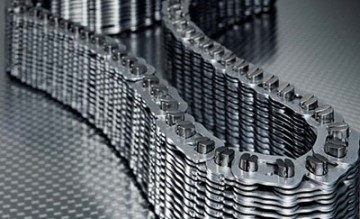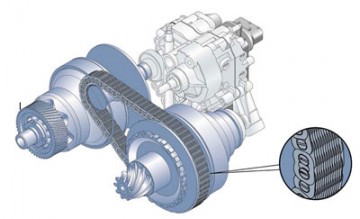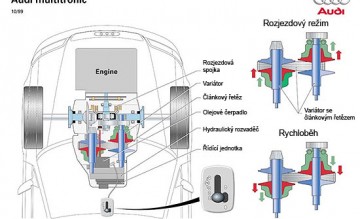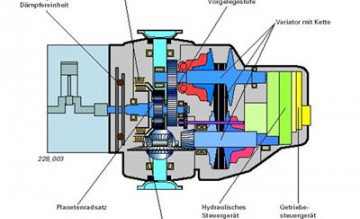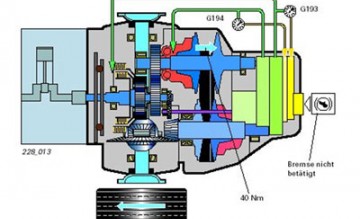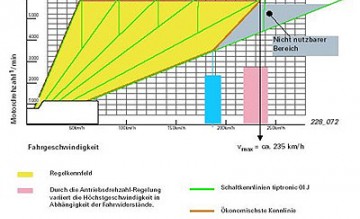Audi multitronic transmission
Let me introduce a modern conception of our automatic gear box. KAPS is sole company in Czech Republic to deal with repairs and preventive service of gearbox MULTITRONIC. Our mechanic team is trained perfectly and of course is delivery of all spare parts. In case of any question and inquiries, please, contact our firm technician. He answers all questions willingly.
The choice between manual gearbox and automatic transmission is set to become all the more tantalizing for buyers of an Audi. In the guise of the new multitronic, Audi has developed a stepless transmission that finally overcomes all the drawbacks of this principle, and capitalizes on the benefits of this system's optimized gearshift strategies. The multitronic is the first transmission of its kind not to pay the high price of poorer dynamism and economy for the added convenience it brings. On the Audi A6 2.8, the multitronic will initially be available in conjunction with a high-displacement six-cylinder engine developing 142 kW (193 bhp).
The Audi A6 with Audi's newly-developed multitronic represents a radically new departure in that it:
- has better acceleration
- uses less fuel, and
- provides a more comfortable ride
than a comparable car with a 5-speed manual gearbox.
The Audi multitronic sets itself apart from the CVT (continuously variable transmission) systems currently on the market through its numerous modifications, improvements and newly developed features. For example, Audi's technical specialists have modified the variator of the continuously variable transmission by adopting a new transmission element known as the link-plate chain, to handle the high forces and torques that are developed constantly by the six-cylinder engine with a peak torque of 280 Newton-metres. The scope for using a continuously variable transmission has thus been significantly broadened.
The new variator, with its spread of ratios reaching 6, surpasses all previous types of automatic transmission in respect of the highest and lowest ratio that is possible. Thanks to the high maximum ratio, the variator for example facilitates pulling away, and renders a hydraulic torque converter unnecessary.
Audi instead uses an oil-cooled multi-plate clutch which not only avoids the typical transmission losses of the torque converter, but also implements a variety of starting strategies. These are selected by the electronic control circuitry in accordance with the driver's preferences, as detected from how the accelerator pedal is being used. The electronic-control multi-plate clutch moreover offers the convenience feature of constant creep behaviour.
By optimizing the hydraulics, the transmission engineers have made sure that the adjustment processes take place very dynamically and without any trailing effects. The "rubber band effect" or "slipping clutch syndrome", which have been a common source of criticism on conventional CVTs, are thus definitively banished. With an ingenious dual-piston principle on the variator and the separation of the oil flow into high-pressure and cooling circuits, the hydraulic system has in addition been designed in such a way that the pump output is significantly lower than that of a conventional arrangement. This improves the efficiency of the transmission and therefore the road performance that is possible.
The control procedures of the electronics are in certain respects entirely new, helping to overcome the drawbacks of existing CVTs. The "rubber band effect" mentioned above is avoided by electronically controlled engine speed tracking, producing dynamic driving properties in conjunction with a reassuringly familiar pattern of sound.
The electronics in addition include the DRP dynamic control program, which monitors both the driver and the driving conditions. It assesses the way the driver is using the accelerator pedal, thus determining whether the emphasis is being placed on performance or economy.
In the latter instance, it translates the engine speed into propulsion via a low ratio (overdrive), at road speeds from as low as 60 km/h, on the basis of a stored characteristic map placing the emphasis on economy.
If the driver opens the throttle right up (kick-down), it immediately switches to the stored characteristic map for sports driving and alters the ratio to underdrive, with the result that the high engine speeds that are required for maximum output become available even at low road speeds.
In normal driving conditions, it selects the most favourable ratio between these two extremes; in contrast to gearshifts by a geared automatic transmission, all changes of ratio take place imperceptibly and entirely without jolting. The electronics in addition detect uphill and downhill gradients, and assist the driver by compensating for the added load or boosting engine braking torque accordingly.


